Subdivision: Bat'leth
The Origin of the Bat'leth

The Origin of the Bat'leth
| The Sword of Kahless
| Prop Sizing Info
| Sizing Your Bat'leth
The Origin of the Bat'leth

The Origin of the Bat'leth
| The Sword of Kahless
| Prop Sizing Info
| Sizing Your Bat'leth
The purpose of this brief monograph is simple: to establish a more reasonable and scientific origin for the bat'leth outside of the realm of folklore. Make no mistake, folklore is the blood that connects and gives life to members of any culture, even if they be separated by ten thousand years. Our own folklore is rich in imagination, history and honor, but that is not the subject.
The organic origins of many of our traditional weapons are well known, but background on the bat'leth is somewhat lacking . Our Homeworld, much to the dismay of Federation Intelligence, is neither a ball of stone with but or three links in the food chain, nor is it a glowing radioactive ball in the near vicinity of Nimbus III. The home planet is an oversized lush world of seas and continents. There are great variations in topography as well as seasonal climate, so the image of a world continually like the Terran south Pacific ocean is somewhat skewed.
|
Among the organisms inhabiting the waters near the equatorial islands was a creature commonly known as the Shadow-fish by the tribal Klingons of the area. Loosely translated, it would be QIbbIQDoch, in High Klingon. This beast was a bottom dweller, and superficially resembles the Terran Manta Ray. The Shadow-fish's power of concealment, and its flat silhouette gave it its name. Of the hundreds of thousands of fish on the Homeworld, what makes this one special? The natural defenses it evolved as a result of intra-species competition. Beneath the pseudopodia on the front of the fish, below the mouth slit, the Shadow-fish had a set of four flattened tusks. These tusks stemmed from a single bone attached to the skull. The shape of the tusks, once removed from the skull, is what we are familiar with as the bat'leth. The handgrips are very similar on the Shadow-fish to the open areas in our own skulls and pelvis. The tusks also had the advantage of being slightly flexible, hence very strong and almost preternaturally sharp. Well enough to merely find a Shadow-fish carcass and despoil its weapons, you may think. Fortunately, the creature is very long lived, and goes to the very deepest water it can find to die. The Klingons of the time were happy to stage one-on-one hunts for the Shadow-fish, involving the most worthy of the tribe's warriors. The warriors were carrying weapons of wood or bone at the time, and winning a battle with a 5-6 meter Shadow-fish, armed as it was, is no mean task underwater. Still many warriors succeeded, and were then known far and wide for their most honorable accomplishment. From that time on, the only warriors in possession of an "honor-sword" were those warriors who had battled the Shadow-fish, his worthy offspring or a warrior who had won the sword in combat. The owner of the bat'leth was not one to be taken lightly. Today the bone bat'leth only serves as an ornament on the walls of the highest on the walls of the highest of Klingon houses, or as a display in museums. The steel and alloy bat'leths are unique to individuals, and are passed down in much the same way as they were in the pre-metal age on the Homeworld. Full-sized Shadow-fish skeletons and recreations of its habitat are currently on display in the Museum of Natural History. The displays also have a number of original bat'leths with the Shadow-fish skin wrappings on the grip. Three original bat'leths are on also on display in the Mang House museum and archives, by appointment.
|
 Artists rendering of the Shadow-fish and skeletal structure. Note the camoflage pattern which resembles a school of fish from above, the horns and the false eye at the base of the spine
(Drawings courtesy of the Imperial Museum of Natural History)
|
|
-Lt. Kael tai-Mang
|